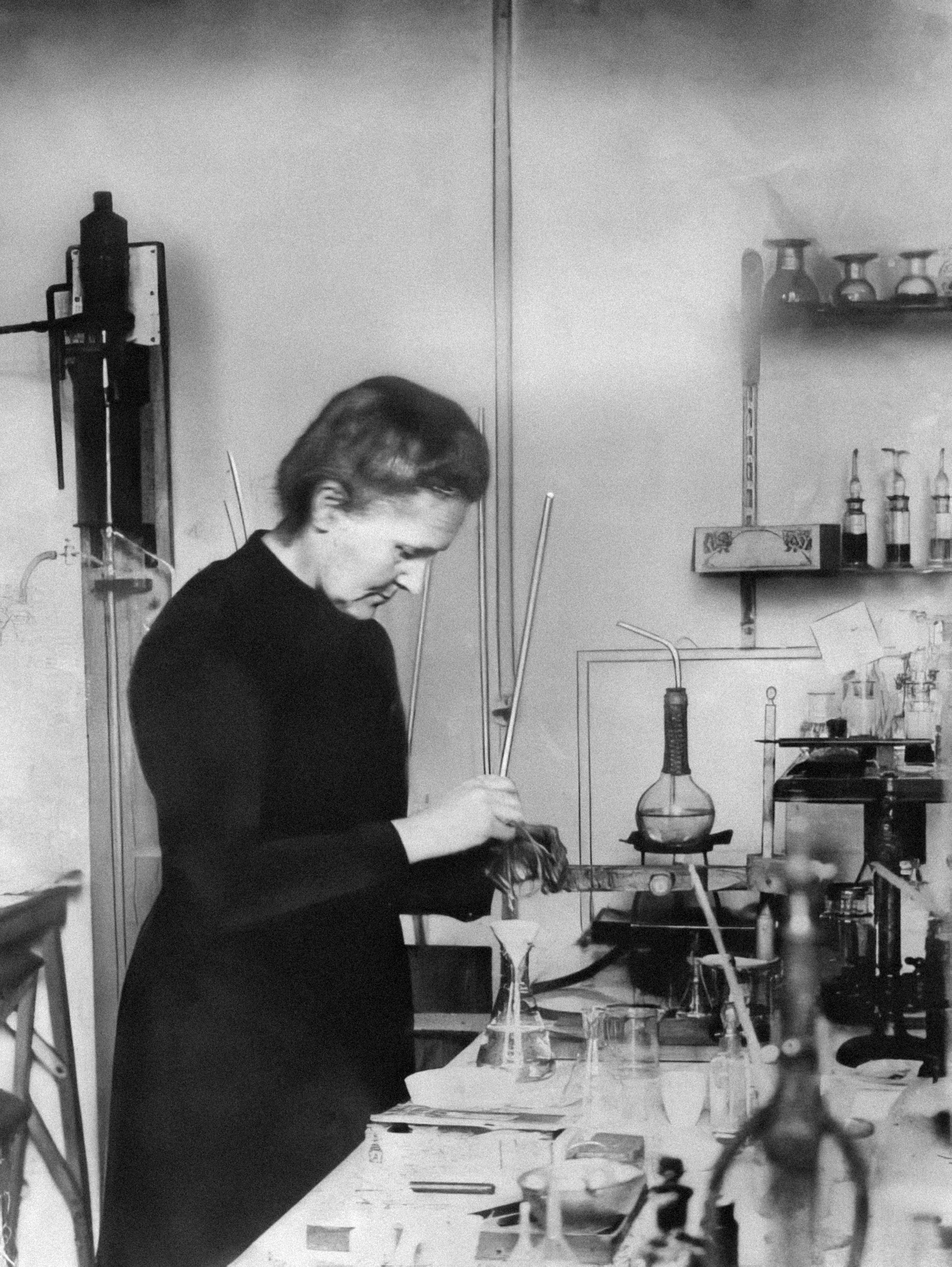Marie Curie, a pioneering scientist known for her groundbreaking work in the field of radioactivity, was not only a remarkable figure in the scientific community but also in history. Her contributions to science and her relentless pursuit of knowledge have left an indelible mark on the world. However, what many people may not know is that Marie Curie was buried twice. This unusual occurrence raises questions and piques curiosity about the reasons behind it.
The First Burial
Marie Curie, born Maria Skłodowska in Warsaw, Poland, in 1867, was the first woman to win a Nobel Prize and the only person to win Nobel Prizes in two different scientific fields. She passed away on July 4, 1934, in Passy, France, after a long battle with aplastic anemia, a condition believed to be caused by her prolonged exposure to radiation.
Following her death, Marie Curie was buried in the Sceaux Cemetery in Paris, France, alongside her husband, Pierre Curie, who had tragically died in a street accident in 1906. The Sceaux Cemetery was a place of rest for many renowned personalities, including other Nobel laureates.
The Transfer to the Panthéon
Although Marie Curie’s initial burial seemed fitting, it was not long before her admirers and supporters felt that her contributions to science warranted a more prestigious resting place. In 1995, on the occasion of the 100th anniversary of her discovery of the radioactive elements polonium and radium, her remains were exhumed and transferred to the Panthéon in Paris.
The Panthéon is a grand mausoleum that serves as the final resting place for distinguished French citizens who have made significant contributions to society. It is a place of honor reserved for individuals who have left an enduring legacy. Marie Curie became the first woman to be interred in the Panthéon based on her scientific achievements and her role as a female trailblazer in a male-dominated field.
A Symbol of Inspiration
The decision to transfer Marie Curie’s remains to the Panthéon was not only a recognition of her scientific accomplishments but also a symbolic gesture. Her burial in this prestigious location aimed to inspire future generations, especially women, to pursue careers in science and make their mark in the world.
Marie Curie’s life and work continue to serve as an inspiration to countless individuals around the globe. Her dedication to scientific discovery, her perseverance in the face of adversity, and her commitment to advancing knowledge have made her an iconic figure. By burying her in the Panthéon, her legacy is forever enshrined and celebrated.
The Second Burial
In 1995, when Marie Curie’s remains were transferred to the Panthéon, her husband Pierre’s remains were also moved to be buried alongside her. This second burial reunited the couple, allowing them to rest together for eternity.
The decision to bury Marie Curie twice was a testament to the impact she had on the world and the enduring admiration she continues to receive. It symbolizes the recognition of her immense contributions and the desire to honor her memory in the most fitting way possible.
Conclusion
Marie Curie’s double burial is a testament to her extraordinary life and the influence she had on the scientific community and society as a whole. The transfer of her remains from the Sceaux Cemetery to the Panthéon was a way to honor her legacy and inspire future generations. By burying her alongside her husband, Pierre Curie, she was reunited with her beloved partner, allowing them to rest together for eternity. Marie Curie’s story serves as a reminder of the power of human curiosity, determination, and the pursuit of knowledge.
